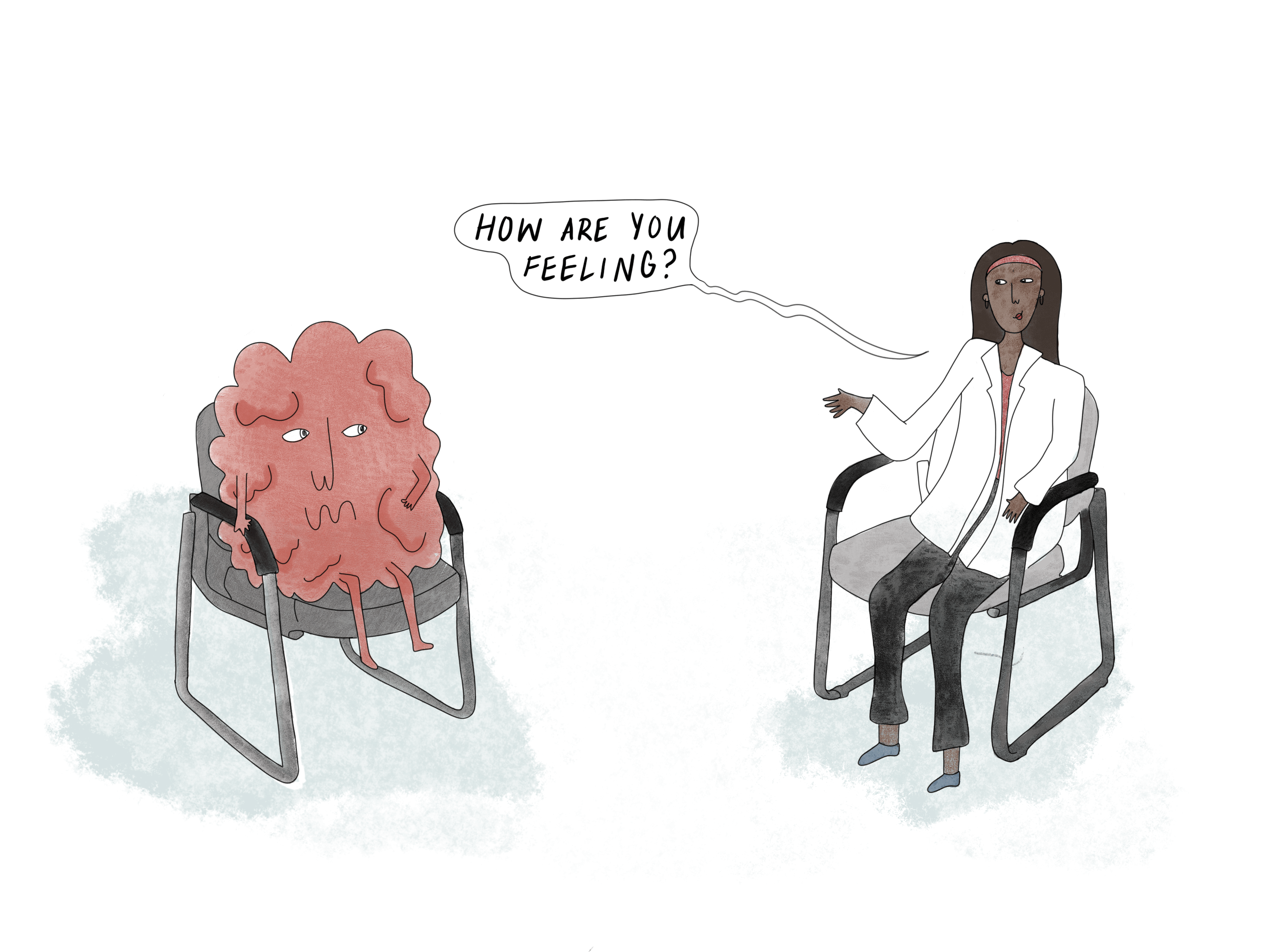For the first time, McGill researchers have detected regions of high rigidity within the developing tumour microenvironment (TME) of breast cancer tumours. These findings, published in Nature Communications, suggest new possibilities for mapping the progression of invasive tumours based on the physical properties of the TME, including tissue stiffness.
The TME, the area surrounding cancer cells, is enriched with several different cell types, blood vessels, and components of the extracellular matrix. The TME can impact tumour progression, determining whether a primary tumour will metastasize and spread to another site within the body, remain dormant, or be terminated.
Stephanie Mok, first author of the study and Ph.D candidate in the Faculty of Chemical Engineering, spoke to the The McGill Tribune about the aims of her research and its potential implications for breast cancer treatment.
“It can be hard to predict when tumours become aggressive, [so] we wanted [to put] a physical biomarker within tumours that can experience what a cell does,” Mok said.
Smart hydrogels are stimuli-responsive gels that rapidly change their shape in response to alterations in pH, temperature, and in the presence of specific chemicals. The first hydrogels used within human tissues were proposed in 1960, after which they became popularized for biomedical applications such as drug delivery. A variety of materials, both naturally derived and synthetic, can be used to make hydrogels.
Mok and her team developed injectable thermo-responsive hydrogels that remain intact at body temperature and expand at lower temperatures. The degree to which these gels can expand is a direct indication of the “stiffness” of surrounding tissues.
“The goal of making a sensor system to measure internal stiffness within tumours was done because we didn’t know what physical profiles looked like in tumours,” Mok said.
Mok explained that hydrogels must be functionalized with a tag, such as a simple peptide sequence. This tag ensures that the immune system will not consider the hydrogel a foreign invader, a complication that could lead to rejection.
“We were excited to see that the hydrogel probes remained in animals for a whole month without creating any adverse effects,” Mok said. “Hydrogels must be made to look more ‘native,’ allowing binding to neighbouring cells, similar to how a cell senses its environment. Any hydrogel material without functionalization looks like a blank space [to surrounding] cells, and [they] won’t react with it.”
Mechanobiology, the study of the physical forces that act on cells and tissues, is an emerging field in medicine that has recently been applied to oncology. Once cancer cells have spread successfully, secondary tumours must continue mutating to adapt to their new environment. Their ability to rapidly adapt to changing microenvironments is what makes cancer cells so difficult to eliminate.
Research shows tumour penetration in two-dimensional models are incapable of capturing the complex cellular dynamics that occur in vivo, meaning within a living organism. By culturing cells in a three-dimensional matrix, scientists have demonstrated that cells do not continuously proliferate as they do on two-dimensional cell plates. In three-dimensional models, cells form higher order structures that more accurately depict the formation of real tumours.
The McGill team of researchers hopes their study will open doors for understanding the effect of the local mechanical microenvironments on the complex processes of cancer progression.
“We are hopeful [that] in the future these findings can improve the mapping of progression in invasive cancers,” Mok said. “However, the goal of our study was to emphasize the importance of asking basic questions from a multidisciplinary perspective.”








